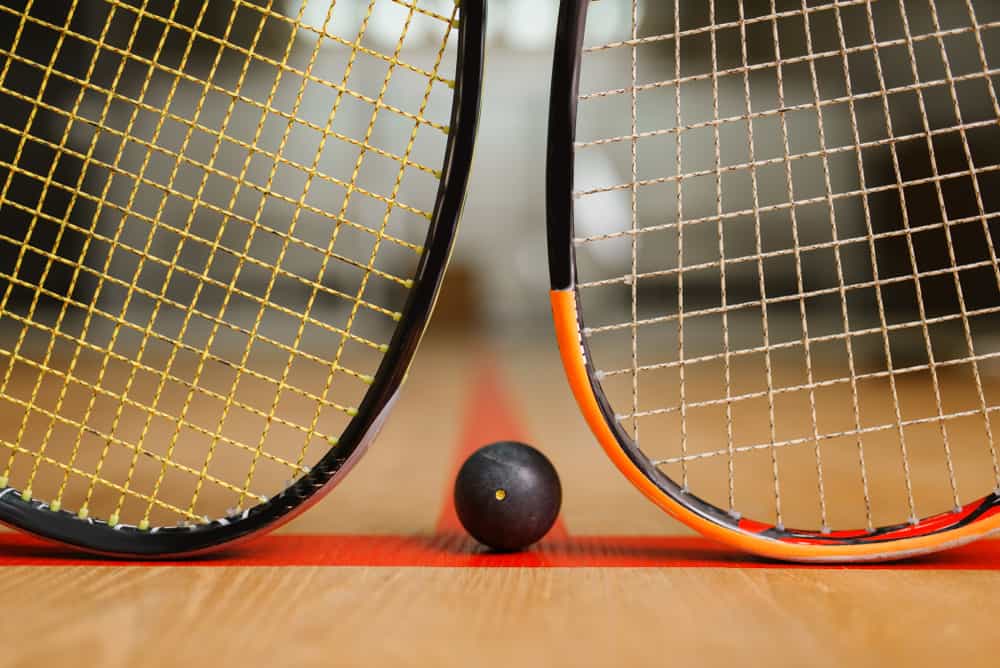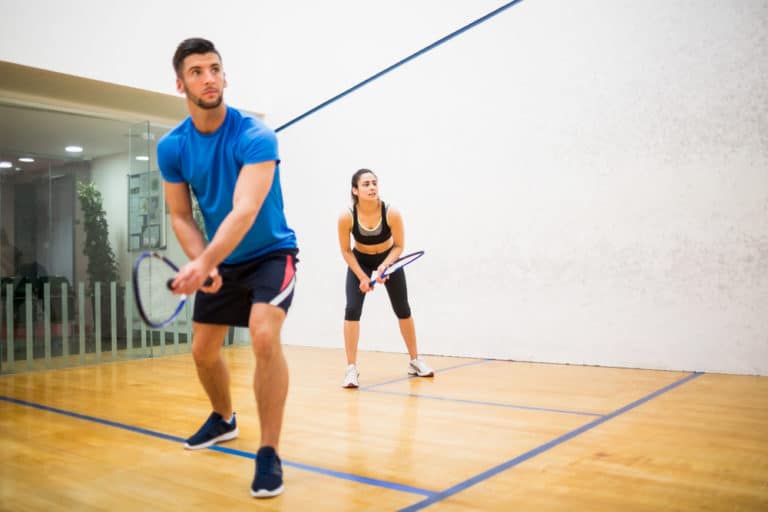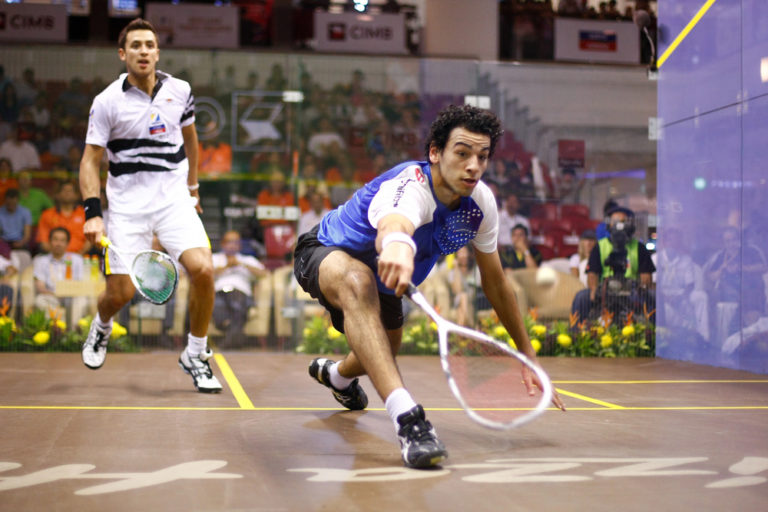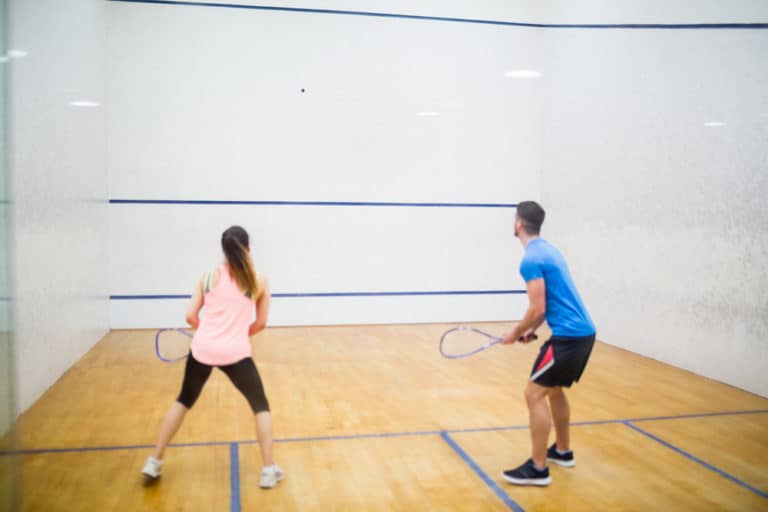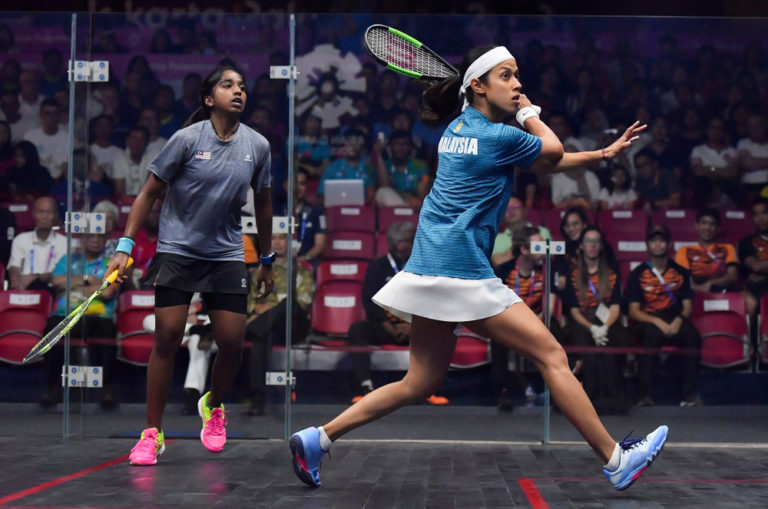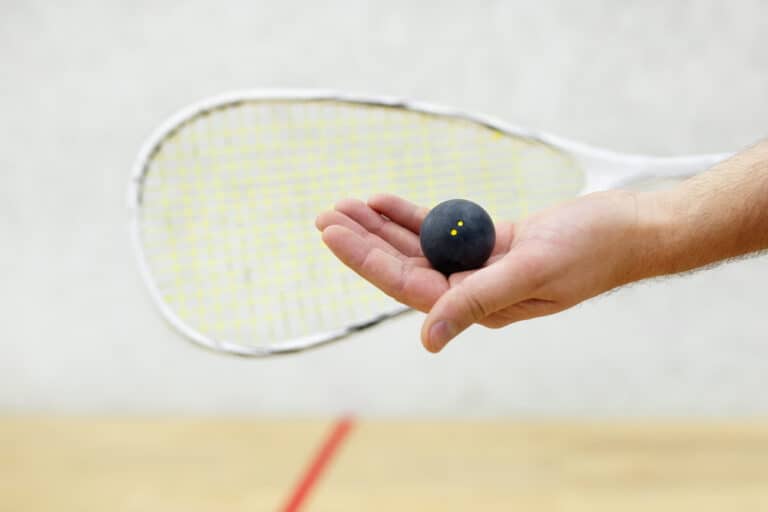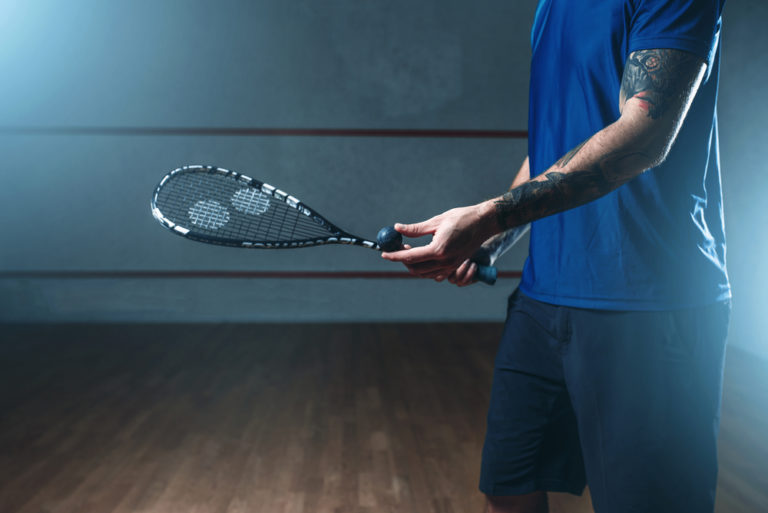Are All Squash Racquets The Same Size?
Squash is an internationally popular sport, but many aspects of it have changed over the years. Among the biggest changes made to squash is the design of the racquets used in the sport. There are many various squash racquets available now, which leads many to wonder if all squash racquets are made to be the same size.
Squash racquets are not all the same size. Most squash racquets are a similar length, but the head size, beam size, and factors such as weight, throat, string density, balance, and grip can all be very different on these racquets and drastically affect the way the racquet feels to use.
The design of a squash racquet determines how effective it is on the court. Most squash racquets are very similar in the modern age of the sport, but there are some key design differences that set the different racquets apart. Let’s explore the various squash racquet designs to find out how they are different and if they are all made to be similar in size.
Are All Squash Racquets The Same Size?
Squash racquets are specifically designed for this sport. These are unique racquets that function well for the game, and the way they are shaped and made is critical to a player’s success on the court. All modern squash racquets are very similar, which leaves some players wondering if any are made to a different size or dimensions.
The truth is that most squash racquets look so similar because they are very similar. There is very little design discrepancy between modern squash racquets, but there are some important feature differences that impact the way the racquet performs.
The maximum size allowed for squash racquets, according to the WSF (World Squash Federation), is 186mm (27”) from the base of the grip to the top edge of the racquet head. Racquets can only be 215mm (8.5”) wide and may not weigh more than 255 grams (9oz). The WSF regulations state that racquet heads may not exceed 500cm2.
All squash racquets are made within these maximum parameters, but most modern racquets are made well within these figures, as the optimum designs for squash racquets do not reach the maximum permitted figures.
This means that not all squash racquets are made to be the same size, but they are all very similar, as they are all designed within the permitted limits and made to be as effective and efficient on the court as possible.
What Are The Main Differences Between Squash Racquets?
Not all squash racquets are made the same, and we have established that most squash racquets are very similar, but there are some key distinguishing features that set these racquets apart from one another.
Most squash racquets these days are made to be between 90 and 150 grams (3 – 5.3oz) and are designed to be 680mm (26.77”) long. However, apart from these major design features, most racquets have different dimensions based on the requirements and preferences of different players.
The main differences between squash racquets come in the form of head area size, weight, balance, dynamic weight, beam width, grip, string pattern density, throat, and rigidity.
These characteristics determine how the racquet feels to play with and how it responds. Different characteristics alter the attributes of the racquet, including power, agility, and accuracy. These attributes also determine how easy the racquet is to use, as some characteristics favor beginner players while others are better for top-level players.
Modern squash racquets are designed to have different characteristics and design elements that favor certain types of squash players and playing styles.
Heavier racquets are good for a traditional player with plenty of power in their swing, while lightweight racquets are better for skilled players who rely on speed and strategy.
Racquets with weight distributed closer to the racquet head favor powerful swings, while head-light racquets are better for maneuverability and quick volleys.
Squash racquets with a smaller head are less forgiving but more controllable, making them better for advanced players, while those with a larger head surface area are better for less experienced players as they are more forgiving. The same is true for racquets with an open throat design and those with a closed throat design.
Wide-beam racquets are easier to hold and a little slower, making them better for beginners, while racquets with a thin beam are highly maneuverable and very quick but only suitable for very skilled players.
All of these racquet characteristics, along with others that include flexibility, rigidity, and even string density, contribute to the way the racquet feels and how it performs during the game. These differences may appear trivial, but the truth is that they are critical to the performance of the racquet.
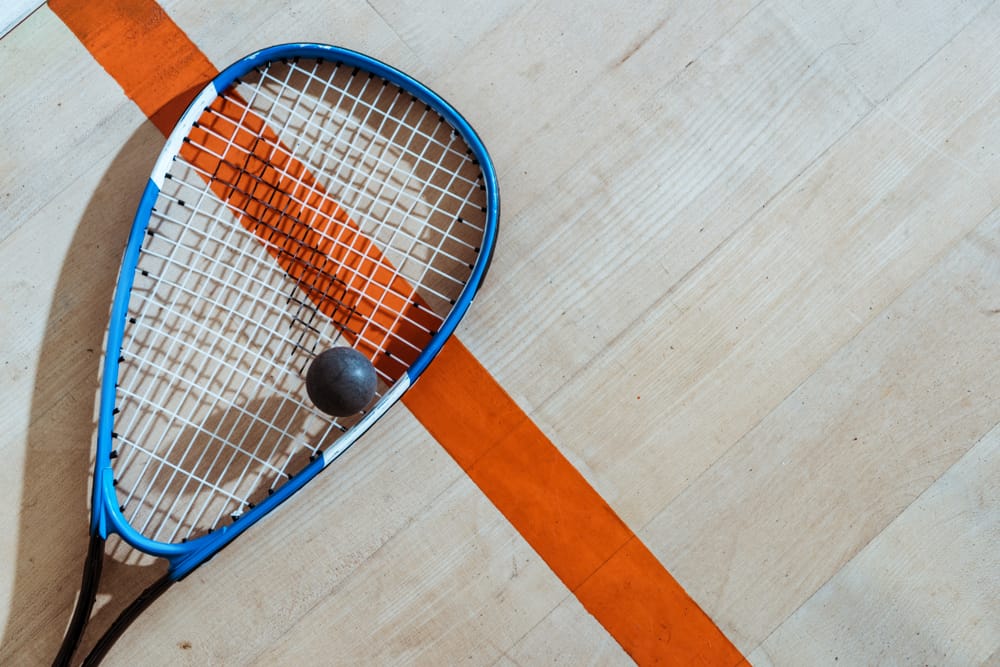
Why Are Squash Racquets Different Sizes?
Squash racquets are very similar in overall length, but the differences in head size, beam size, throat, string pattern and density, rigidity, weight, balance, and even shape can be noticeably different. This leads many new squash players to wonder why these differences between racquets are important.
The reason why squash racquets can be so different in these various ways is simply to cater to the personal preferences of squash players, and these differences serve to accentuate certain aspects of playing styles, player strengths, and the type of squash strategy that the player chooses to use.
Using a racquet that is better suited for powerful swings, with a wide head, oval shape, and a closed throat, is far better for players who rely on hitting the ball as hard as possible to score points.
Players who prefer to be as light and quick as possible will favor a racquet with a thin beam, a smaller head, and an open throat, as this promotes agility.
Very advanced players may prefer a racquet that is more controllable, has a smaller sweet spot, and has better accuracy allowing for more intense gameplay.
Squash racquets are different because squash players are different, and every player has their own preferences based on the way that they play. Using the right squash racquet for you can provide a competitive advantage, and playing the game in a way that suits the racquet that you are using can yield far better performance results.
Conclusion
If you are new to squash or if you are becoming interested in the sport, it is important to realize that not all squash racquets are the same. The racquets used in this sport can be very different from one another, as they are tailored for specific purposes.
Be sure to find the right racquet for you before you get onto the court. Visit your local sporting goods store and ask for advice on which racquet to buy based on your skill level and playing interests. This will set you up for performing well in the game.

